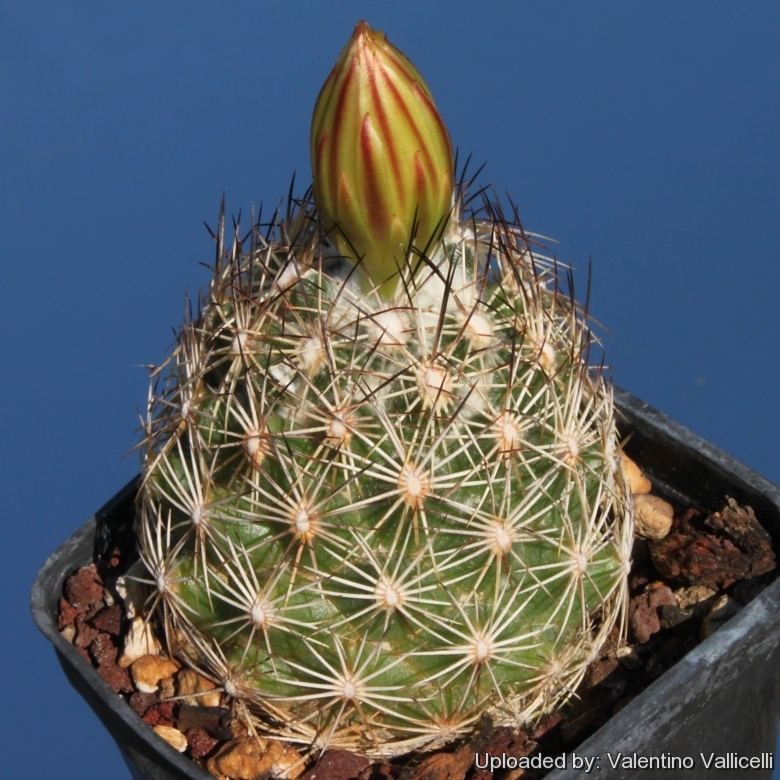
Coryphantha pseudonickelsiae Photo by: Valentino Vallicelli
SB577 Rodeo, Durango, Mexico. The flowers last briefly, they are fully expanded at high noon (if in brilliant sunlight), and wilt after only an hour or two. They bloom from April through August.
Origin and Habitat: Mexico (Northeast of Durango)
Habitat: It grows in hill and slopes on lava gravel substrate.
Synonyms:
See all synonyms of Coryphantha pseudonickelsiae
Description: Mostly branched with age, forming clumps.
Stem: Lime green, 6 cm in diameter, 5-7 cm tall, apex depressed with white wool.
Roots: Fibrous.
Tubercles: Conical, later rounded pyramidal, strongly elongated upward, with a pronounced groove on upper surface, dimension about 1-1,2 cm long, width at the base 15 mm. Parastichy number 8-13. Axil woolly only near the stem apex.
Areoles: Round, ± 2 in diameter with white wool in youth.
Radial spines: 14-18, grey-white, radiating, horizontal to slightly protruding, straight, acicular up to 1,6 cm long largely obscuring the stem, upper 2-3 more closely set, lower ones horn coloured, upper ones brownish coloured later turning grey from the base.
Central spines: 1, sometime appearing very late, often not in all areoles, at first black, then grey-white and spotty, whit black tip. 15-20 mm long, porrect, curved downward, thick and stiff.
Roots: Diffuse or short taproots.
Flowers: Nearly apical, funnelform, 3,5 cm wide, pale yellow (sometimes pinkish and proximally reddish). Perianth segment entire, lanceolate, the outer one with a reddish midstripe.
Fruits: Green, ovoid, slimy; floral remnant strongly persistent, fruiting 2-4 months after flowering.
Seeds: Reniform, brown 1,5 x1 mm wide, testa reticulate.
Subspecies, varieties, forms and cultivars of plants belonging to the Coryphantha delaetiana group
Notes: This species is one of those Coryphanthas which pass a purely radial-spined youth stage in which they are already floriferous.
Bibliography: Major references and further lectures
1) Dr. med. Reto F. Dicht, Adrian D. Lüthy “Coryphantha: Cacti of Mexico and Southern USA” Springer, 2005 ISBN: 978-3-540-22306-1
2) Nathaniel Lord Britton, Joseph Nelson Rose “Cactaceae: Descriptions and Illustrations of Plants of the Cactus Family” Courier Dover Publications, 1963
3) Edward Anderson “The Cactus family” Timber Press, Incorporated, 2001
4) James Cullen, Sabina G. Knees, H. Suzanne Cubey "The European Garden Flora Flowering Plants: A Manual for the Identification of Plants Cultivated in Europe, Both Out-of-Doors and Under Glass" Cambridge University Press, 11/Aug/2011
5) David R Hunt; Nigel P Taylor; Graham Charles; International Cactaceae Systematics Group. "The New Cactus Lexicon" dh books, 2006
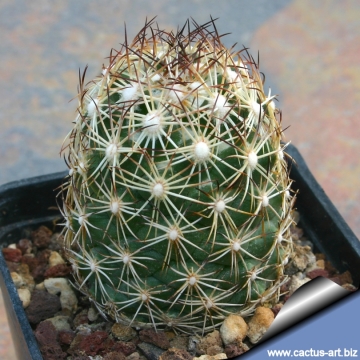 Coryphantha pseudonickelsiae Photo by: Cactus Art
Coryphantha pseudonickelsiae Photo by: Cactus Art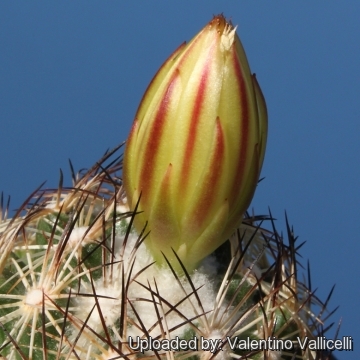 Coryphantha pseudonickelsiae Photo by: Valentino Vallicelli
Coryphantha pseudonickelsiae Photo by: Valentino Vallicelli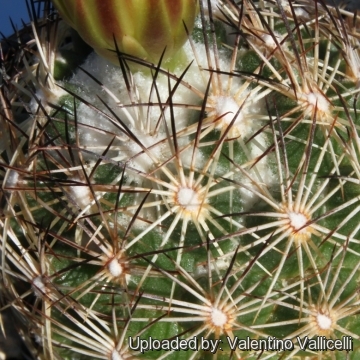 Coryphantha pseudonickelsiae Photo by: Valentino Vallicelli
Coryphantha pseudonickelsiae Photo by: Valentino Vallicelli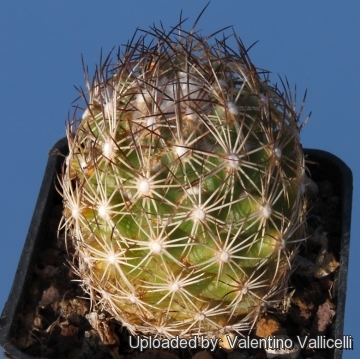 Coryphantha pseudonickelsiae Photo by: Valentino Vallicelli
Coryphantha pseudonickelsiae Photo by: Valentino VallicelliCultivation and Propagation: In cultivation it is quite sensitive to over-watering (rot prone), and needs good drainage. Keep drier in winter. Like other species from the USA. it blooms quite early, but needs about 8-10 years to reach the typical, definite outlook. It needs full sun; and is hardy to -16° C or less for short periods of time.














